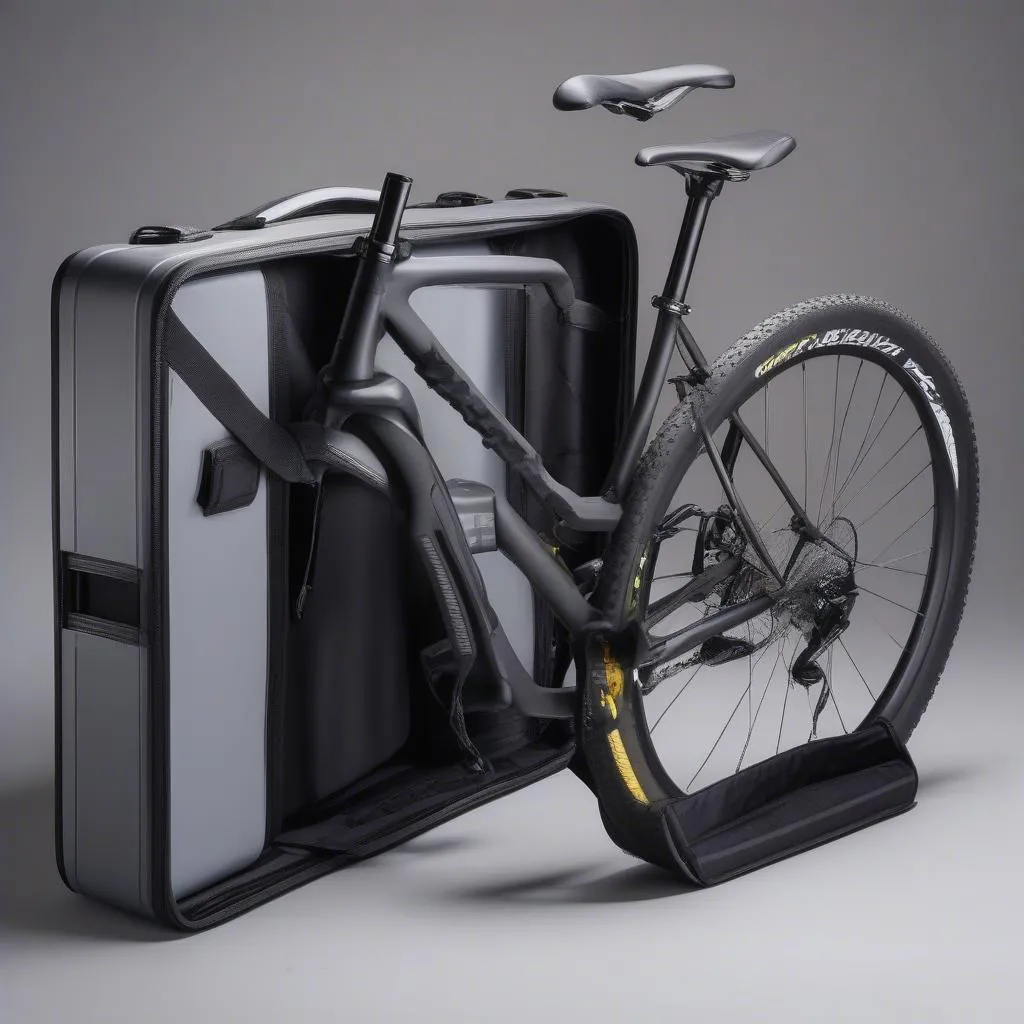Remember that time you dreamt of cycling through the rolling vineyards of Tuscany or conquering the challenging mountain passes of the Pyrenees? Bringing your own bike can drastically enhance these experiences, allowing you to ride with familiar comfort and efficiency. However, the thought of packing a bike for air travel can seem daunting. Fear not, fellow adventurers! This guide will equip you with all the knowledge you need to make packing your two-wheeled companion a breeze.
Understanding the Challenges
Before we dive into the how-to, let’s address the elephant in the room – why is packing a bike for air travel considered a challenge?
Firstly, airlines have specific regulations regarding the size and weight of luggage, and exceeding these limits often results in hefty fees. Secondly, bikes, especially delicate components like derailleurs and disc brakes, are vulnerable to damage during transit. Lastly, disassembling and reassembling your bike requires some technical know-how.
But don’t let these hurdles deter you. With a bit of planning and the right approach, you can overcome these challenges and embark on your cycling adventures with confidence.
Choosing the Right Bike Bag
Your bike bag is your bike’s first line of defense against the rigors of air travel. There are three main types:
1. Soft-Sided Bike Bags
These bags are lightweight and affordable, making them a popular choice for budget-conscious travelers. However, they offer minimal protection, making them best suited for short-haul flights or sturdy bikes like mountain bikes.
2. Hard-Sided Bike Cases
As the name suggests, these cases are made from rigid materials like ABS plastic or aluminum, providing maximum protection for your bike. However, they are heavier and bulkier, often exceeding airline weight limits.
3. Hybrid Bike Bags
These bags combine the best of both worlds, offering decent protection without being excessively heavy. They often feature a semi-rigid structure with padded compartments for sensitive components.
“When choosing a bike bag, consider your budget, your bike type, and the length and nature of your trip,” advises renowned cycling expert, James Peterson, in his book “The Cyclist’s Guide to Global Adventures.”
Step-by-Step Guide to Packing Your Bike
Now, let’s break down the packing process into manageable steps:
1. Disassemble Your Bike
- Remove the pedals, wheels, handlebars, seat post, and front derailleur. If you’re uncomfortable disassembling these parts, most bike shops offer packing services for a fee.
- Wrap delicate components like the rear derailleur and disc brakes with bubble wrap or foam padding for extra protection.
- Secure all loose parts, like bolts and quick-release skewers, in a ziplock bag and attach them to the frame.
2. Prepare Your Bike Bag
- Lay your bike bag flat and open it fully.
- Insert any protective padding or foam inserts that came with your bag.
3. Pack Your Bike
- Place your bike frame in the bag first, securing it with the provided straps.
- Carefully position your wheels on either side of the frame, using wheel bags for added protection.
- Fill any empty spaces with soft items like clothing or towels to prevent shifting during transit.
- Close the bag securely and check for any loose straps or zippers.
 bike packing case
bike packing case
 bike travel essentials
bike travel essentials